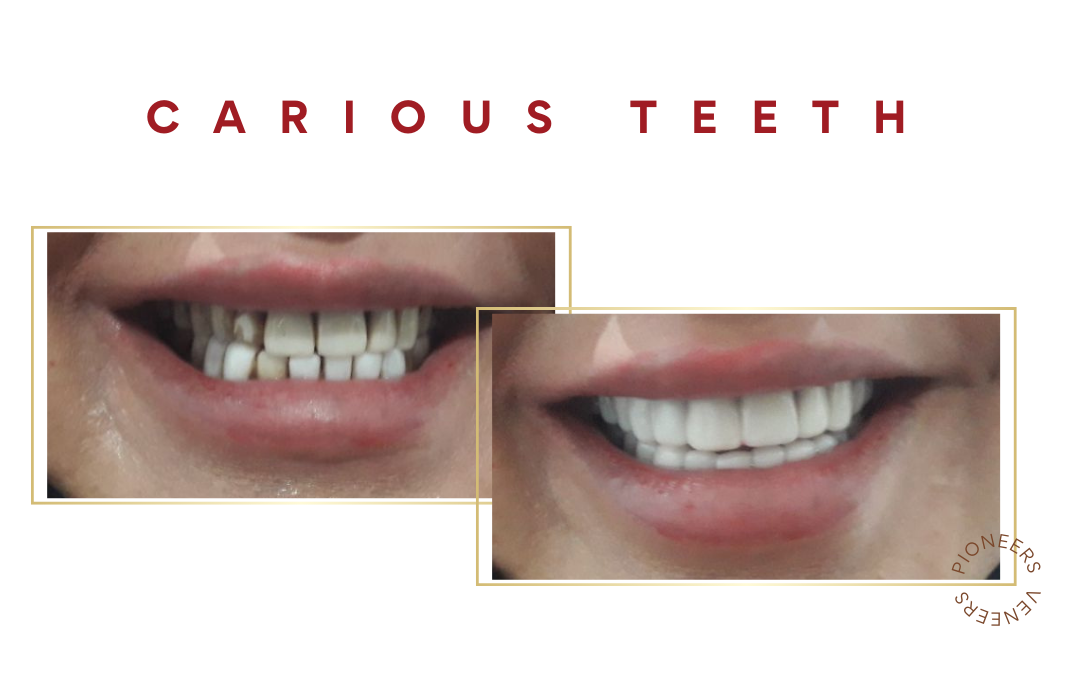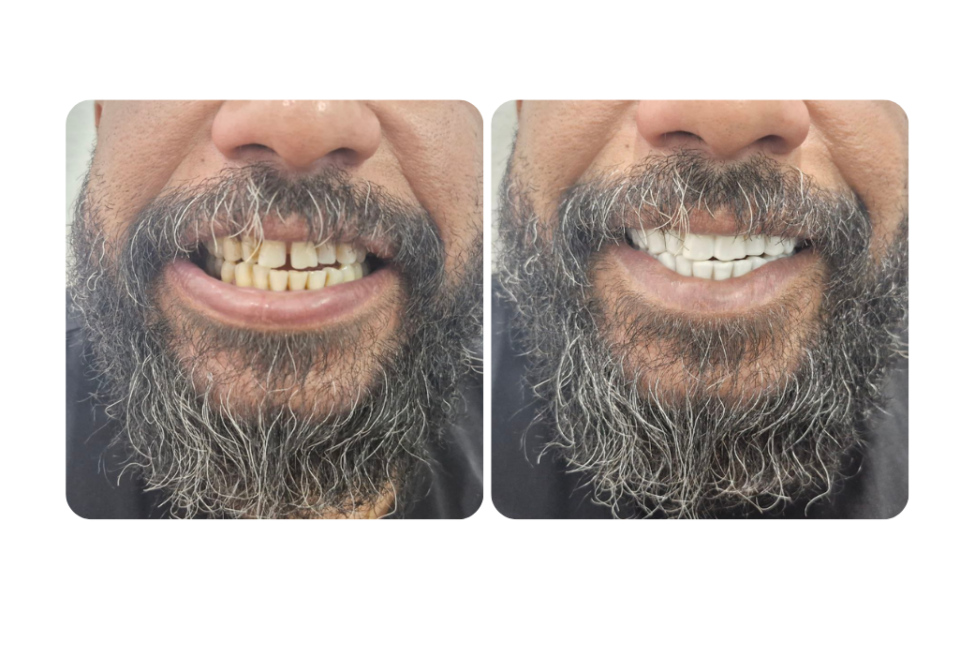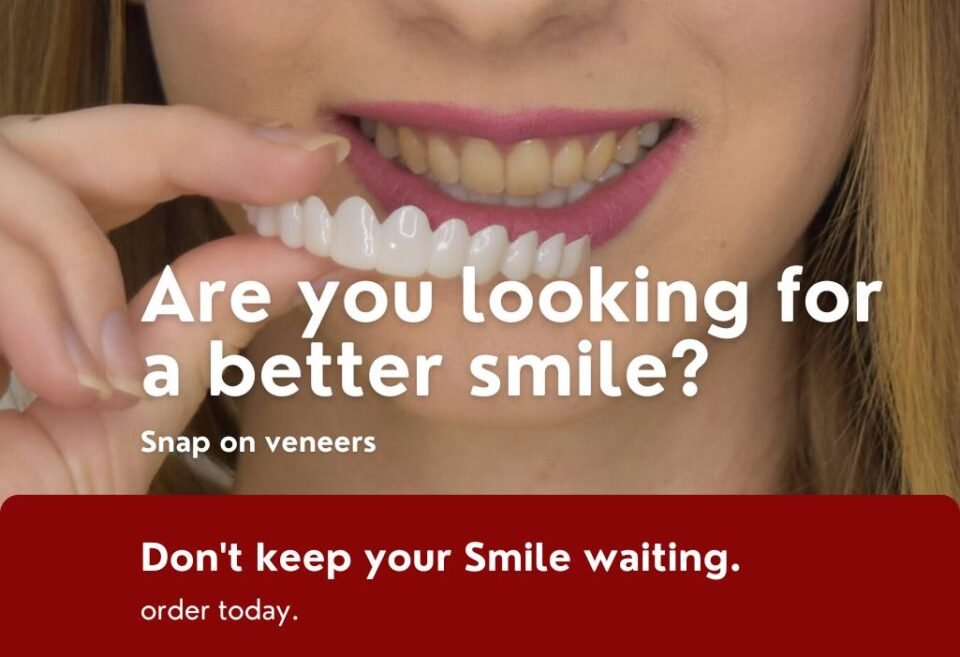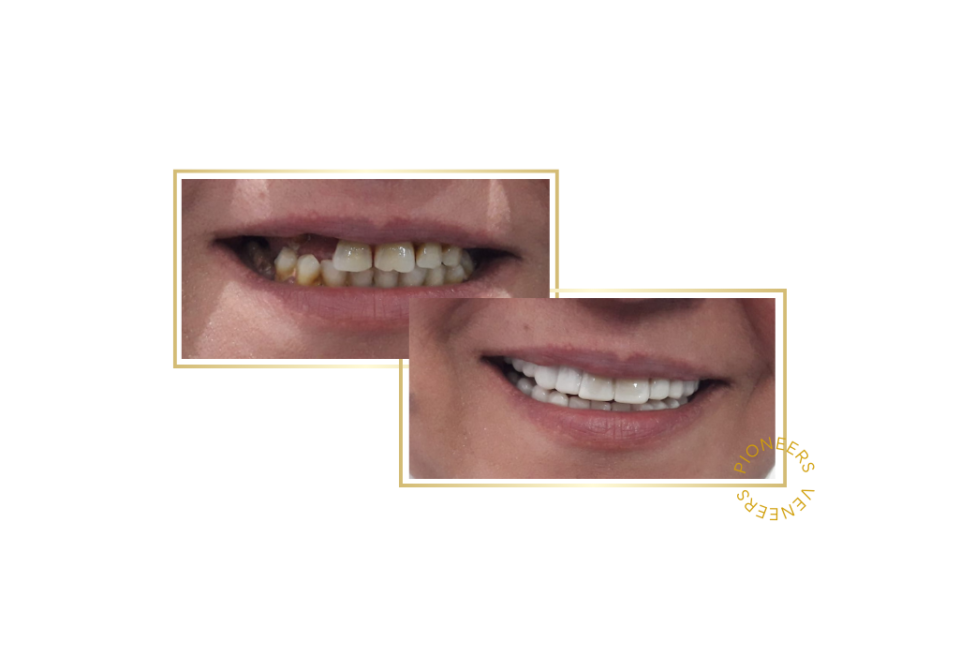
Snap on veneers truth or dare? The Full truth no one will tell you about
December 15, 2024
Snap-on veneers: The Ultimate Guide to an Amazing Smile
December 17, 2024When it comes to achieving a beautiful, confident smile, the options can sometimes feel overwhelming. Two popular choices that stand out in the realm of cosmetic dentistry are Snap-On Veneers and Invisalign. Both offer unique benefits, but they cater to different needs and preferences.
In this blog, we will dive into a comprehensive comparison of Snap-On Veneers and Invisalign, examining their advantages, disadvantages, and ideal candidates. Whether you’re looking for a quick, budget-friendly smile enhancement or a long-term orthodontic solution, understanding these treatments will help you make an informed decision. Let’s explore how these innovative dental solutions can transform your smile and boost your confidence.
Let’s break down and compare Snap-on Veneers and Invisalign to help you make an informed decision about which might be best for your needs.
What are Snap-On Veneers?
Snap-On Veneers are custom-made dental covers that fit over your natural teeth to improve their appearance. Made from high-quality, durable materials, these veneers are designed to look natural and blend seamlessly with your existing teeth. Unlike traditional veneers, Snap-On Veneers do not require any drilling, anesthesia, or permanent alterations to your teeth, making them an excellent choice for those looking for a quick and painless way to enhance their smile.
Advantages:
1. Quick and Simple: Snap-on veneers offer a painless, non-invasive way to enhance your teeth’s appearance, requiring no anesthetic or drilling.
2. Cost-effective: They are more budget-friendly compared to traditional veneers or braces, providing instant results without breaking the bank.
3. Removable: You can easily take them out for cleaning or to give your mouth a break.
4. Cosmetic Improvement: They can hide various dental flaws like stains, gaps, chipping, and misalignments, giving you a perfect smile without invasive procedures.
Disadvantages:
1. Limited Functionality: They don’t fix bite problems or offer other functional benefits, as they are primarily cosmetic.
2. Durability Issues: The materials used may not be as long-lasting as other permanent dental procedures.
Invisalign
Advantages of Snap-On Veneers:
1. Clear Aligners: Invisalign uses almost invisible clear plastic aligners to straighten your teeth discreetly.
2. Removable: Unlike traditional braces, you can take Invisalign aligners out to eat, brush your teeth, and for special occasions.
3. Comfortable: They are designed to fit your teeth precisely without wires or brackets that can cause irritation.
4. Effective: Invisalign can treat a variety of orthodontic issues, such as crowded teeth, gaps, overbites, under bites, and cross bites.
5. Improved Oral Hygiene: Since you can remove them to brush and floss, maintaining oral hygiene is easier compared to Snap-On Veneers.
Disadvantages:
1. Cost: Invisalign can be quite expensive, especially if extensive dental work is needed.
2. Treatment Duration: Invisalign treatment can take several months to a few years, depending on the complexity of your case.
3. Maintenance: Aligners need to be removed before eating or drinking anything other than water, which can be inconvenient for some.
4. Discomfort: Some may experience discomfort or pain when first fitted or when changing to a new set of aligners.
5. Irreversibility: Invisalign involves shifting your teeth into a new position, which can be irreversible if you are unhappy with the results.
Comparison: Snap-On Veneers vs Invisalign
– Cost: Snap-On Veneers are usually more affordable upfront, whereas Invisalign involves a more significant investment. Consider the long-term benefits and effectiveness of each.
– Longevity: Invisalign treatment typically lasts between 12-18 months, offering a permanent solution, while Snap-On Veneers are temporary and may need replacement every few years.
– Aesthetics: Snap-On Veneers can provide an instant cosmetic transformation, but Invisalign offers a more permanent solution for straightening teeth and improving overall oral health.
– Convenience: Invisalign aligners are easy to maintain and require fewer dental visits compared to Snap-On Veneers, which may need periodic adjustments or replacements.
How Snap-On Veneers Can Make Life Easier
1. Quick and Convenient: With Snap-On Veneers, there’s no need to schedule multiple dental appointments or endure lengthy procedures. You can achieve a stunning smile quickly and conveniently, making them perfect for busy individuals.
2. Enhances Daily Life: A confident smile can make a significant difference in your daily interactions. Whether you’re meeting new people, attending important meetings, or simply going about your day, Snap-On Veneers can help you feel more self-assured and at ease.
3. Perfect for Special Occasions: If you have a special event or occasion coming up, Snap-On Veneers can provide a temporary, yet striking, improvement to your smile. They can give you the boost you need to look and feel your best.
4. Maintenance Made Easy: Caring for Snap-On Veneers is simple. They can be cleaned with a regular toothbrush and toothpaste, and you can remove them to maintain your natural teeth’s hygiene. This ease of maintenance ensures that you can keep your veneers in top condition with minimal effort.
Invisalign is widely celebrated for its ability to straighten teeth discreetly and comfortably. It has revolutionized orthodontic treatment, providing an alternative to traditional metal braces. However, like any dental treatment, Invisalign comes with its own set of challenges and inconveniences. In this blog, we’ll delve into the potential hassles of Invisalign, and offer practical tips to help you navigate and overcome them.
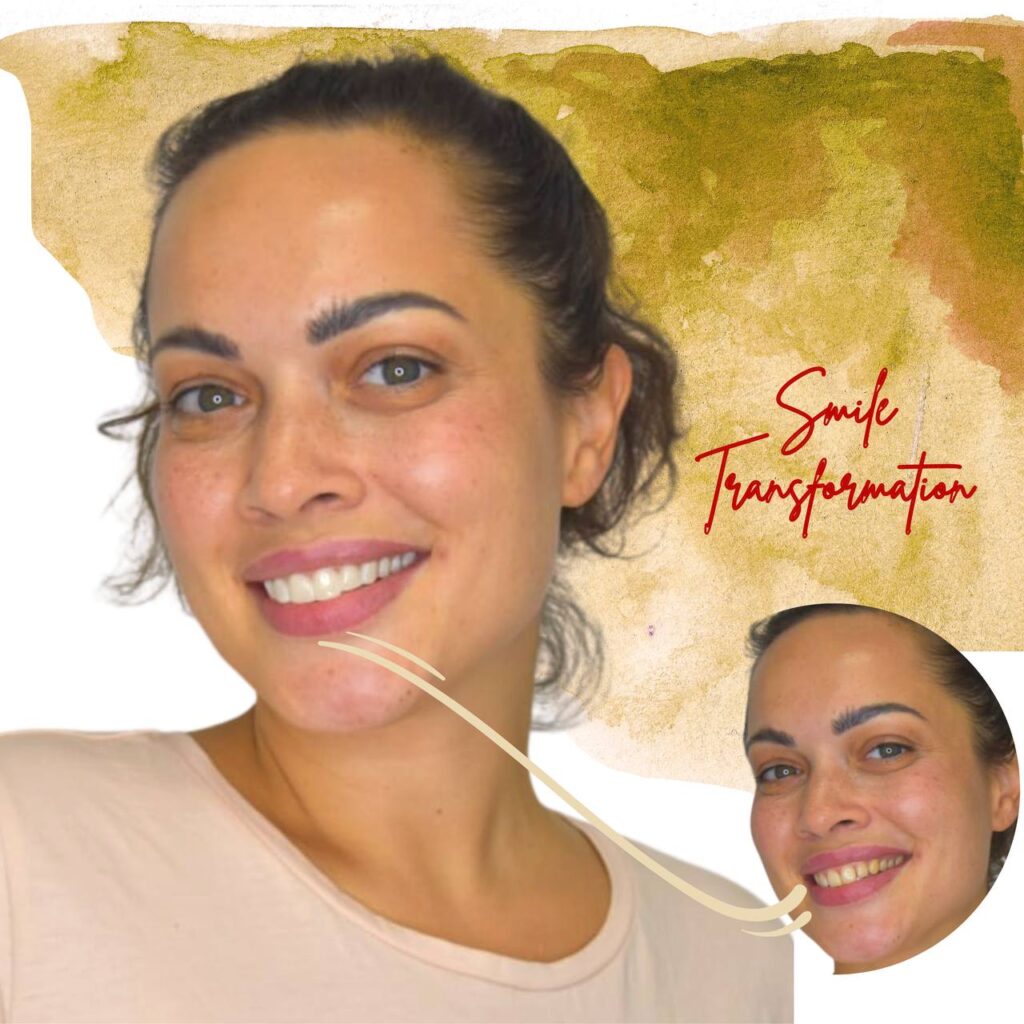
The Process: Understanding what you’re getting into
Invisalign treatment involves wearing a series of custom-made, clear plastic aligners that gradually shift your teeth into the desired position. While this sounds straightforward, the journey can be more complex and demanding than many initially realize.
Frequent Changes and Adjustments
One of the primary hassles of Invisalign is the need for frequent changes and adjustments. Typically, you’ll receive a new set of aligners every one to two weeks. This means regular visits to your orthodontist to ensure the treatment is progressing as planned. For busy individuals, these frequent appointments can be challenging to fit into an already packed schedule.
Solution: To mitigate this inconvenience, try to schedule your appointments well in advance and integrate them into your routine. Using digital reminders can help you stay on top of your appointments and aligner changes.
Discomfort and Soreness
When you switch to a new set of aligners, you may experience discomfort or soreness for a few days. This discomfort is due to the pressure applied to your teeth to move them into their new positions. While this is a sign that the treatment is working, it can be quite bothersome.
Solution: Over-the-counter pain relievers like ibuprofen can help alleviate the discomfort. Additionally, switching to your new aligners before bed allows you to sleep through the initial adjustment period, reducing daytime soreness.
Consistent Wear Time
For Invisalign to be effective, you must wear the aligners for 20 to 22 hours a day. This requirement means that you can only remove them for eating, drinking (anything other than water), and oral hygiene. Adhering to this strict wear time can be challenging, especially during social events or meals.
Solution: Make a habit of immediately reinserting your aligners after meals and keep a case with you at all times to avoid misplacing them. Setting alarms or using a dedicated app to track wear time can help you stay compliant with the recommended hours.
Eating and Drinking Restrictions
With Invisalign, you need to remove your aligners whenever you eat or drink anything other than water. This restriction can be inconvenient, particularly in social settings or when you’re on the go. Additionally, you need to clean your teeth and aligners after every meal to prevent staining and maintain oral hygiene.
Solution: Carry a portable dental hygiene kit with a toothbrush, toothpaste, and floss wherever you go. This practice ensures that you can maintain your oral hygiene routine no matter where you are. Plan your meals and snacks around your schedule to minimize the need for frequent removal and cleaning.
Maintaining Oral Hygiene
Invisalign requires diligent oral hygiene practices. You must brush and floss your teeth after every meal before reinserting your aligners. Failing to do so can lead to plaque buildup and potential dental issues, as the aligners can trap food particles and bacteria against your teeth.
Solution: Develop a consistent oral hygiene routine that includes brushing and flossing after every meal. Using interdental brushes or water flossers can make the process quicker and more effective. Ensure that your aligners are cleaned regularly using Invisalign cleaning crystals or a gentle, clear antibacterial soap.
When you first start wearing Invisalign aligners, you might experience slight speech impediments, such as a lisp. This issue is usually temporary, but it can be frustrating and may take some time to overcome.
Solution: Practice speaking with your aligners in place to get used to the feel of them. Reading aloud or engaging in conversations can help speed up the adjustment period. Most people adapt within a few days to a week.
Financial Considerations
Invisalign is often more expensive than traditional braces, which can be a significant factor for many people. The costs can add up, especially if your treatment requires a longer duration or additional aligners.
Solution: Explore financing options or payment plans offered by your orthodontist. Some dental insurance plans may also cover part of the cost of Invisalign, so it’s worth checking your coverage and discussing your options with your provider.
Potential for Lost or Damaged Aligners
Because Invisalign aligners are removable, there’s always a risk of losing or damaging them. Misplacing an aligner can disrupt your treatment schedule and may require you to wait for a replacement.
Solution: Always store your aligners in their case when not in use. Make it a habit to keep the case with you to prevent accidental loss or damage. If you do lose an aligner, contact your orthodontist immediately to discuss the next steps.
Commitment to the Process
Invisalign requires a strong commitment to the treatment plan for it to be successful. This commitment includes adhering to wear time, maintaining oral hygiene, and attending regular appointments. It can be easy to become lax over time, especially if progress seems slow.
Solution: Remind yourself of the end goal – a beautiful, straight smile. Keeping track of your progress with photos can be motivating. Engage with online communities or support groups for additional encouragement and tips from others going through the same process.
*Conclusion*
Both Snap-On Veneers and Invisalign have their unique advantages and disadvantages. Your needs help determine which option best suits your specific needs and preferences. Whether you opt for a quick and affordable smile makeover with Snap-On Veneers or a long-term solution with Invisalign, the goal is to achieve a beautiful and confident smile.

